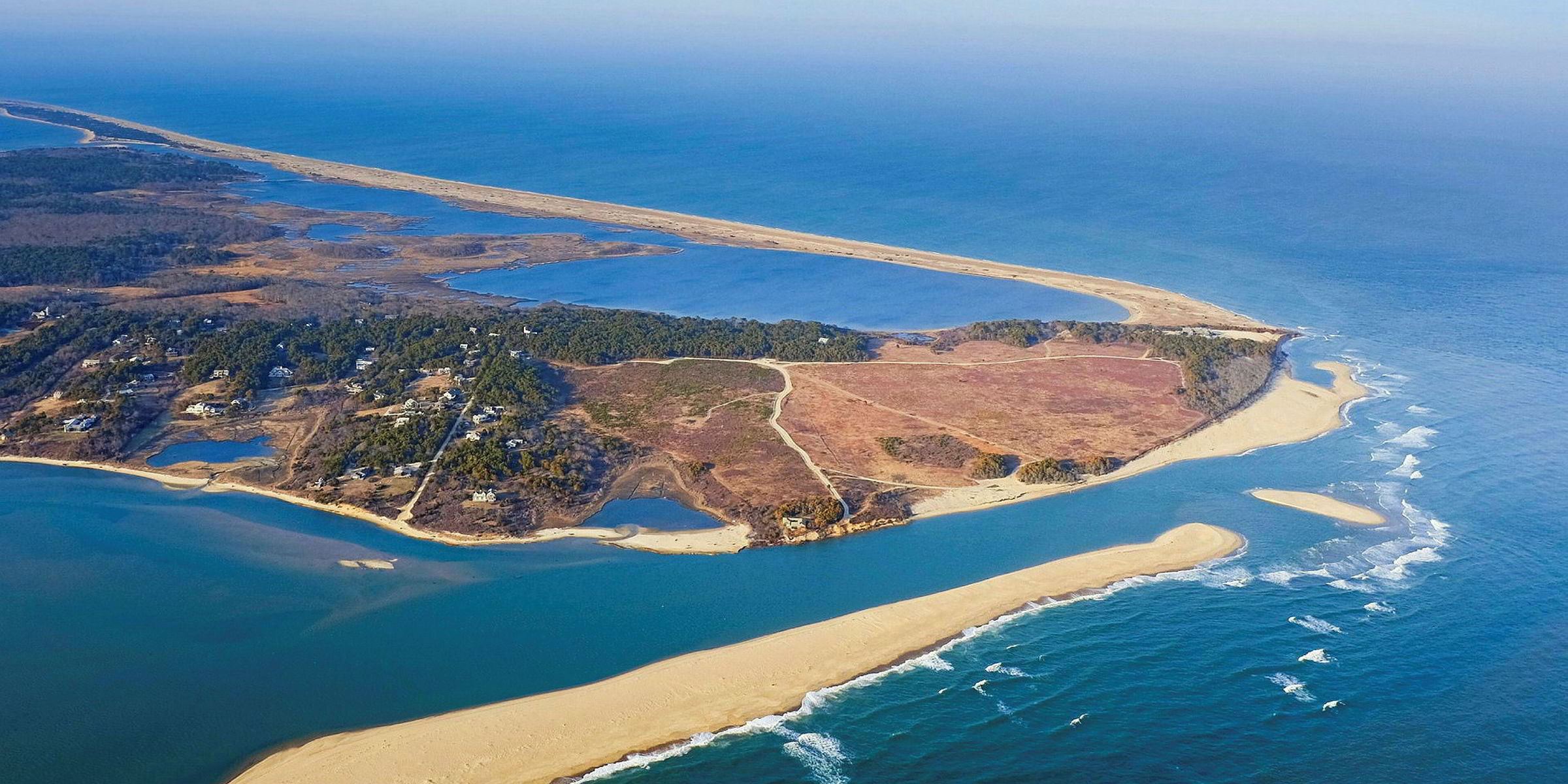Vineyard Wind, the developer owned jointly by utility group Avangrid and fund manager Copenhagen Infrastructure Partners, emerged as the winner in Massachusetts’ landmark first offshore wind tender, with 800MW of capacity.
Also on Wednesday, the state of Rhode Island selected developer Deepwater Wind to build a 400MW offshore wind farm, bringing the total US offshore tally for the day to 1.2GW

